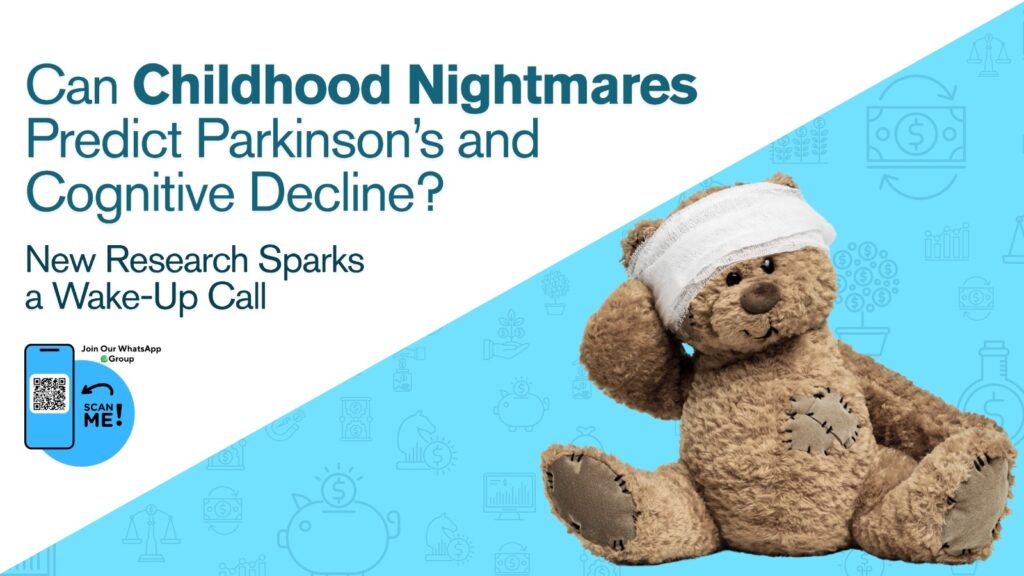Alcohol Abstinence in Cirrhosis: New Research Proves It’s Never Too Late
Alcohol Abstinence in Cirrhosis: New Research Proves It’s Never Too Late Written By: Dr. Janhvi Ajmera Think abstinence is futile once cirrhosis sets in? Think again. New research studies reveals that alcohol abstinence significantly reduces hepatic decompensation and mortality risks, even in advanced stages of portal hypertension. This study shifts the clinical conversation from “if” to “when” abstinence begins. The Research in Focus A comprehensive observational study of 320 patients with alcohol-related cirrhosis, published in Clinical Gastroenterology and Hepatology, has delivered one of the clearest clinical messages to date: Abstinence works, no matter the stage of portal hypertension. From moderate (HVPG 10–19 mm Hg) to high-risk portal hypertension (HVPG ≥20 mm Hg), sustained alcohol abstinence was consistently linked to improved survival and fewer hepatic complications, regardless of baseline severity. Source: DOI: 10.1016/j.cgh.2022.11.033 Key Findings that Shift Clinical Practice 75.3% of the group maintained abstinence. Abstinence reduced the risk of: Hepatic decompensation by 60% Liver-related mortality by 57% All-cause mortality by 55% These benefits remained strong even in patients with prior decompensation and a hepatic venous pressure gradient (HVPG) of ≥20 mmHg. Why This Matters for Clinicians and Researchers Many clinicians encounter a common yet dangerous patient belief: “It’s too late. Stopping won’t help now.” This study refuse that notion, showing that abstinence remains the most powerful intervention even in decompensated cirrhosis. Moreover, the HVPG measurement proved useful not only for staging disease but also for refining prognosis, independent of alcohol intake. Clinical Applications: Counsel proactively: Emphasize that abstinence yields measurable gains at any stage. Monitor HVPG to stratify patients and tailor surveillance strategies. Integrate abstinence goals into multidisciplinary care in patients listed for transplant. Beyond the Liver: Systemic Inflammation and Recovery Abstinent patients demonstrated reduced levels of: CRP AST Liver stiffness These point towards reduced systemic inflammation and even early signs of disease regression, bringing in the gut-liver axis theory and the impact of alcohol on intestinal permeability. What About HCC? Interestingly, the incidence of hepatocellular carcinoma (HCC) was not significantly affected by abstinence (6.6% vs 3.8%). However, abstinence didn’t increase HCC risk, and in the context of overall survival benefits, this finding does not take away from the clinical urgency of achieving abstinence. Final Word: Abstinence Is the Intervention This study adds to a growing body of evidence urging physicians, hepatologists, and transplant teams to prioritize alcohol cessation counseling- regardless of disease stage. In fact, alcohol abstinence outperformed even MELD and HVPG as independent predictors of survival in multivariable analysis. Clinical takeaway: If your patient with alcohol-related cirrhosis is still drinking, it’s not a lost cause— it’s a critical opportunity. Reference: https://www.google.com/url?sa=t&source=web&rct=j&opi=89978449&url=https://www.cghjournal.org/article/S1542-3565(22)01113-2/fulltext&ved=2ahUKEwi_ucO78_yNAxVITWwGHf9sIZEQFnoECD4QAQ&usg=AOvVaw0nbaSo30D38MtM0wRWCeYU 🔗 Stay Informed For more clinically relevant research updates, follow us on Instagram, LinkedIn, and visit our website at mdresearch.us. _________________________________________________________________________
Alcohol Abstinence in Cirrhosis: New Research Proves It’s Never Too Late Read More »









